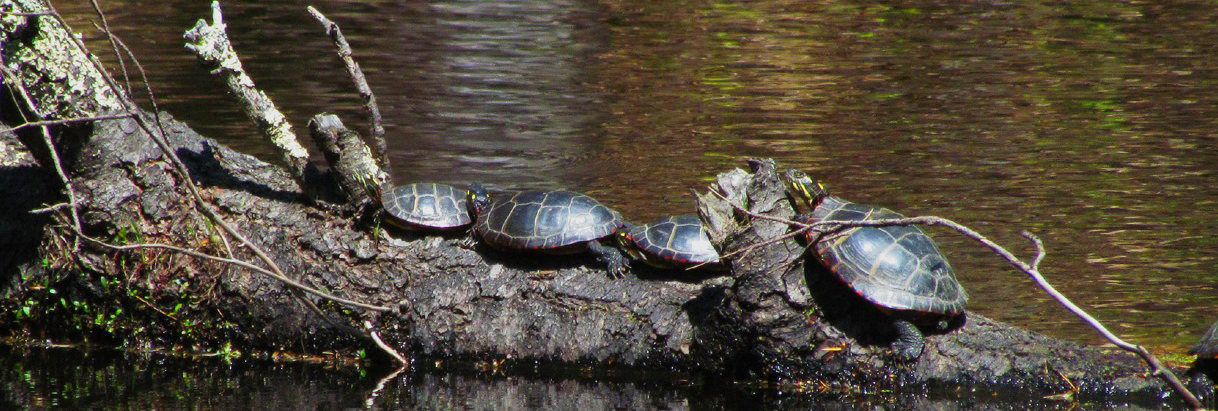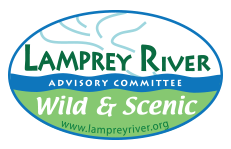FIELD TRIP
Overview:
At some point during this study, all students should have a field trip to the Lamprey River. Students may take field trips to the river as an introduction to their study of watersheds, as part of their research projects, for journal writing and monitoring, and for artistic response activities. They may go as a class trip and make individual or small group visits.
Learning Objectives:
Students will
- improve observation and data gathering skills from direct field experience;
- gather social and natural history information about the river;
- record and respond to observations using a variety of media;
- formulate questions for further research.
Materials and resources:
- student journals
- people with expertise about the Lamprey (see "Resources" at end of Middle and High School Curriculum)
- Lesson #4, (field trip of the elementary portion of the curriculum): guidelines for field trip and monitoring activities
- http://water.epa.gov/learn/training/wacademy/toprelated.cfm offers a sampling of water-related curriculum with links to related sites.
- http://www.nhee.org/ New Hampshire’s Environmental Educators’ Association can provide advice on choosing sites and suggesting field trip activities.
Procedure:
If the field trip is conducted early in the watershed study, it can be used to generate questions about watersheds in general and the Lamprey in particular (see section A: I). The class can also schedule a trip to the river while research projects are in progress. Each group or individual can design a trip task based on the subject of research. Students can also visit the river on their own to do journal assignments or to work individually on their research projects. Details about organizing the trip, including points along the river to visit, group activities, and conducting the water monitoring activities, are described in Lesson #4 of the elementary portion of the curriculum. While on the trip, the whole group can also do one or more of the creative activities suggested below. Members of the Lamprey River Advisory Committee may be asked to meet the group at suggested stops along the river to co-lead the group's explorations.
To appreciate the Lamprey’s beauty and significance, students should experience the river and its historical sites first hand. But it is equally important to carefully preserve this environment. Students should be cautioned to treat the river and its banks with respect and to follow a "tread lightly" philosophy. They can draw, photograph, and write about their findings but should not collect plants, animals, or historical items, except as individual specimens for the science portion of the curriculum.

